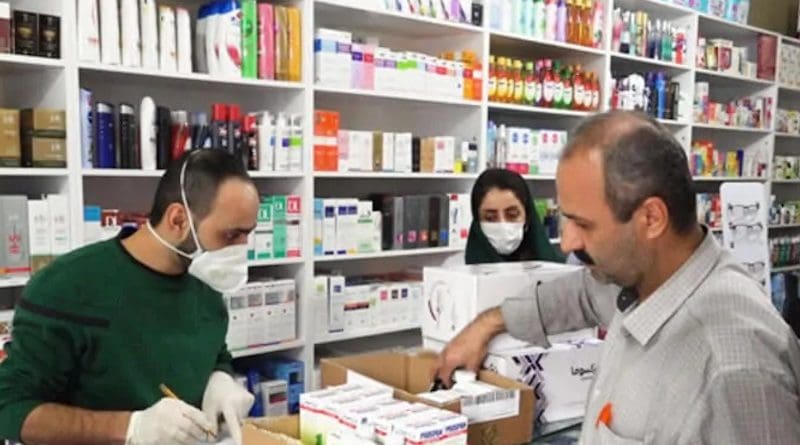Iran Experiencing Sharp Rise In Medicine Shortages Due To Corruption
The Deputy of the Pharmacist Association said Iran’s medicine shortages were at its peak in the past 10 to 15 years.
According to the state-run ISNA News Agency, Dr. Ali Fatemi, the Deputy of Iran’s Pharmacist Association said the government exchange rate and free exchange rate should be unified, as it has been causing corruption in the medical system.
The government exchange rate in Iran is 4,200 tomans to the US dollar, while the free exchange rate is 23,750 tomans.
“As pharmacists, we have been witnessing people looking for the most common of medicines, such as heartburn medication or insulin,” Dr. Fatemi said.
Dr. Fatemi said medicine is bought at very low prices due to the government exchange rate, which is a fifth of the real price. This means the medication is not procured on time, and those in need of the medicine are continuously searching for drugs.
“Another challenge is the reverse smuggling,” Dr. Fatemi told ISNA. Dr. Fatemi said the government imports medicine which is then smuggled out of the country at a higher price.
The corruption in the medical system and Iran’s medicine shortageshas been going on for some time.
In October 2020, Iranians reported a shortage of insulin, a vital medication for diabetes, in pharmacies across Iran. Mahmoud Najafi Arab, the Head of Health Economic Commission of the Tehran’s Chamber of Commerce said, “over 1.5 times the need of the nation is being imported just like every year”, however, Iran’s insulin shortage is due to the trafficking of insulin. He also said that people with diabetes had to buy insulin from the black market at eight times the pharmacy price or are forced to use expired insulin.
“The imported insulin is exported again, or in other words, it leaves the country via illegal means,” said Mahmoud Najafi Arab.
Systematic corruption in the regime
In the span of 42 years, many large and small factories have gone bankrupt due to government mismanagement, lack of support for domestic products and the import of similar goods at the government foreign exchange rate. The government’s foreign exchange rate is much lower than the open market rate and provides huge profits for importers, who are mostly regime elites.
According to official statistics, 70% of minimum wage workers are not covered by unemployment and health insurance or pensions. More than 51% of Tehran residents are living in rented homes and over half the population live in absolute poverty. This is while Iran’s regime elites live in luxury, in Tehran’s Lavasan region, dubbed the “Beverly Hills of Iran”.
In 2020, the toman reached an all-time low of 30,000 tomans to the dollar. The daily fluctuations of the national currency have now become a joke for Iranians. Due to Iran’s crumbling economy, the fluctuations have a direct effect on the price of everyday commodities. Food price inflation has reached more than 45% and impoverished Iranians have even resorted to buying bread in installments.

